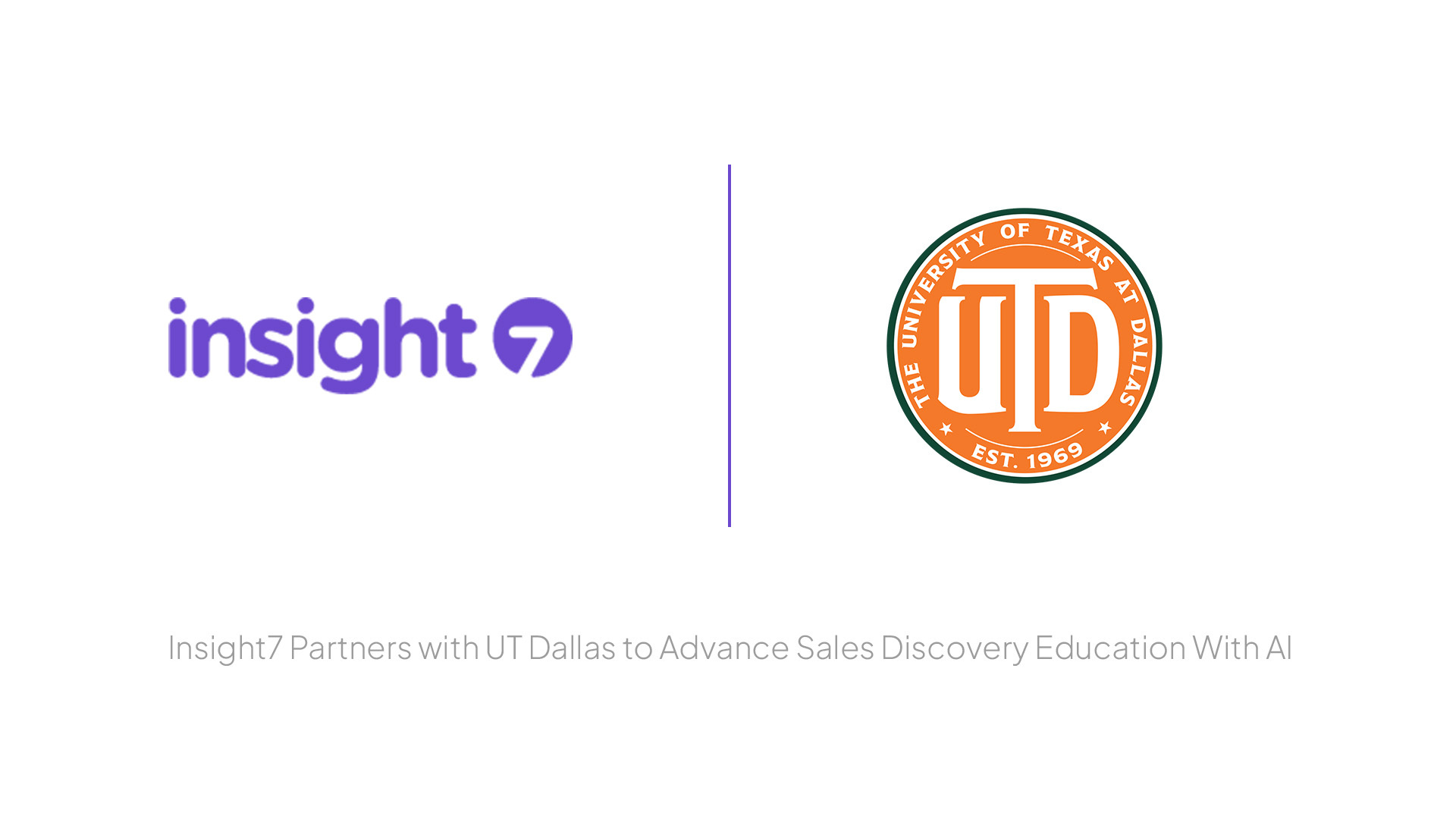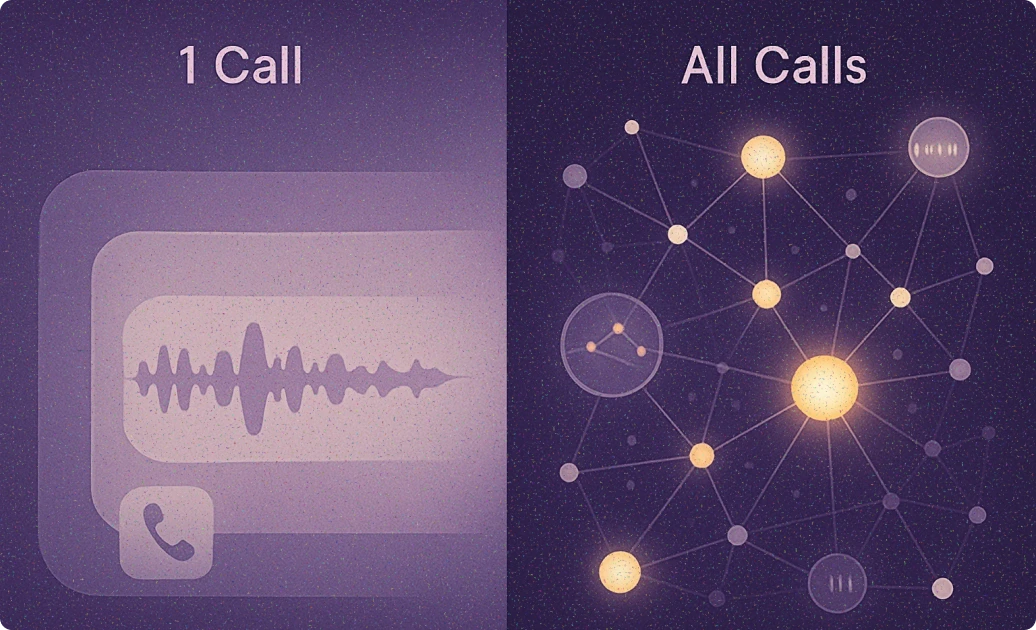Boost Your Revenue Forecasting with AI Driven Call Analytics Software
-
Bella Williams
- 10 min read
How AI Call Analytics Software Supports Long-Term Revenue Forecasting
In today’s competitive business environment, AI call analytics software has become a pivotal tool for organizations aiming to improve their long-term revenue forecasting. By leveraging advanced AI technologies to analyze customer conversations, businesses can extract actionable insights that drive smarter product development, sales strategies, and marketing campaigns. This guide explores how cutting edge call analytics software not only strengthens revenue forecasting but also transforms raw customer feedback into strategic, data-driven decisions.
The Role of AI Call Analytics Software in Modern B2B Organizations
For B2B enterprises relying on customer interactions to shape their offerings, call analytics software powered by AI is essential. It enables teams to process vast volumes of conversation data across platforms like Salesforce, Gong, Slack, and HubSpot, converting siloed information into clear, actionable insights.
The core advantage of this AI-driven call analytics software is automation: it moves organizations from manual, reactive analysis to proactive, data-informed decision-making. This shift fosters tighter alignment across sales, marketing, and product development teams, resulting in more accurate forecasting and accelerated revenue growth.
To unlock the full potential of call analytics software, businesses should integrate multiple data sources and ensure their teams are equipped to interpret and act on the insights generated.
What is AI Call Analytics Software?
AI call analytics software uses artificial intelligence to analyze recorded customer conversations, extracting valuable insights that go beyond traditional historical data reviews. This advanced approach allows organizations to anticipate future customer trends and behaviors based on real-time feedback.
Core Capabilities of AI Call Analytics Software:
Sentiment Analysis: Sentiment analysis detects customer emotions during calls, offering insights into satisfaction and engagement levels.
Trend Identification: Spots emerging patterns in customer feedback that can inform product development and go to market strategies.
Performance Metrics: Measures agent effectiveness and overall service quality using quantifiable data.
Actionable Insights: Provides recommendations derived from data analysis to guide strategic marketing and product decisions.
Strategic Value
By enabling proactive, informed decision making, AI call analytics software helps organizations align teams across departments and drive sustainable revenue growth through better long term forecasting.
Why Are Teams Investing in AI Call Analytics?
Context Setting: As organizations face an increasing need to adapt to changing customer expectations, moving from traditional feedback loops to a more dynamic, analytics driven approach is crucial.
Key Drivers:
- Increased Complexity: Traditional methods fail to capture the nuances of customer feedback, leading to missed opportunities.
- Timeliness: Real-time insights empower organizations to act swiftly, enhancing competitive advantage.
- Personalization: AI analytics allows for targeted strategies that resonate more effectively with specific customer segments.
- Optimization: Streamlined decision-making processes are essential for effective resource allocation and strategic planning.
What Data Powers AI Call Analytics?
Foundation Statement: Reliable AI call analytics depends on the integration of diverse data sources to build accurate models for forecasting.
Data Sources:
- Call Recordings: Captured interactions that provide raw data for analysis.
- CRM Data: Customer relationship management systems that offer context and historical data.
- Communication Channels: Insights gathered from various platforms, enhancing the overall analysis.
- Customer Feedback Surveys: Direct feedback that complements call data and enriches insights.
Accuracy Benefit: By employing a multi-modal approach, organizations can significantly increase the accuracy of their forecasts and insights.
Key Components of an AI Call Analytics Stack
Stack Overview: An effective AI call analytics stack consists of multiple layers that work together to provide comprehensive insights.
Component Descriptions:
- Data Ingestion: Gathers data from various sources, ensuring a holistic view of customer interactions.
- Natural Language Processing (NLP): Analyzes spoken language to extract meaningful insights and trends.
- Analytics Engine: Processes and analyzes data to identify patterns and generate actionable insights.
- Reporting Dashboard: Visualizes data in an accessible format, allowing stakeholders to interpret results easily.
Quality Emphasis: The effectiveness of AI call analytics hinges not just on the volume of data but on its quality and interpretability.
Success Dependency: The performance of AI call analytics systems relies heavily on clean, relevant input data.
How Does AI Call Analytics Work Step by Step?
Step 1: Data Collection
Data is gathered from various sources, including recorded calls and customer interactions across different platforms.
Step 2: Data Processing
The collected data undergoes technical conversion, where NLP techniques are applied to transcribe and analyze call content.
Step 3: Pattern Identification
The analytics engine identifies patterns within the data, such as recurring customer concerns or successful sales tactics.
- Common Themes: Identifies frequently mentioned issues or topics.
- Sentiment Trends: Evaluates shifts in customer emotions over time.
- Performance Benchmarks: Compares agent performance against established standards.
Step 4: Learning Process
The system utilizes historical data to improve its predictive capabilities, continuously refining its models based on new data.
Step 5: Real Time Processing
The analytics engine processes new data in real-time, allowing for immediate insights and recommendations.
Step 6: Insights Delivery
The system generates reports and dashboards that highlight key findings and recommendations for action.
- Monthly Performance Reports: Summarizes agent performance metrics.
- Customer Sentiment Analysis: Provides insights into customer satisfaction levels.
- Trend Reports: Outlines emerging patterns and recommendations for product adjustments.
Where Can Teams Apply AI Call Analytics?
Forecasting Revenue Streams
- Prediction Method: Analyze historical call data to forecast future sales trends.
- Recommended Action: Adjust marketing strategies based on predicted customer behavior.
Improving Customer Service
- Analysis Approach: Monitor sentiment trends to gauge customer satisfaction.
- Follow-Up Action: Implement training programs based on identified performance gaps.
Enhancing Product Development
- Identification Method: Assess recurring themes in customer feedback.
- Proactive Scheduling: Schedule product revisions or updates based on customer needs.
Optimizing Marketing Strategies
- Forecasting Approach: Utilize insights from call data to tailor marketing campaigns.
- Optimization Action: Refine target audience based on customer interactions.
Common Pitfalls In AI Call Analytics Implementation
Context Warning: Many organizations struggle with effective implementation due to common missteps.
Major Pitfalls:
- Data Silos: Failing to integrate data sources can lead to incomplete insights.
- Lack of Training: Without proper training, teams may misinterpret data.
- Overlooking Quality: Prioritizing quantity over quality can skew results.
- Ignoring Feedback Loops: Neglecting to refine processes based on analytics can hinder growth.
Success Foundation: Establishing a clear strategy and ensuring team alignment is crucial for successful implementation.
How Do You Get Started with Insight7?
Step 1: Integration Setup
Begin by integrating Insight7 with existing CRM and communication platforms.
Step 2: Data Synchronization
Ensure that all relevant data flows into the system for comprehensive analysis.
Step 3: Configuration
Customize settings to tailor the analysis process to your specific needs.
Step 4: Training
Conduct training sessions to familiarize teams with the platform’s capabilities.
Step 5: Continuous Optimization
Regularly review insights and adjust strategies based on findings.
What Is The Best AI Call Analytics Setup?
ROI Optimization: To maximize return on investment, organizations should focus on best practices that enhance data utilization.
Best Practices:
- Diverse Data Sources: Incorporate various data types for a comprehensive view.
- Stakeholder Involvement: Engage various teams in the analytics process for broader insights.
- Regular Reviews: Schedule periodic assessments of analytics outcomes.
- Automation Integration: Utilize automation to streamline data processing.
AI Call Analytics Benchmarks and Success Metrics
Evaluation Framework: Establishing clear metrics is vital for measuring the impact of AI call analytics.
Core Metrics:
- Call Resolution Rates: Measures the effectiveness of customer service interactions.
- Customer Satisfaction Scores: Gauges overall customer sentiment.
- Agent Performance Metrics: Evaluates the effectiveness of sales and support agents.
- Forecast Accuracy: Assesses the precision of revenue predictions.
- Engagement Levels: Monitors customer interaction rates.
Universal Principle: The key to success lies in making informed decisions based on reliable data.
Frequently Asked Questions
Q: What is AI call analytics?
A: AI call analytics utilizes artificial intelligence to analyze customer conversations and derive actionable insights.
Q: How does it differ from traditional methods?
A: Traditional methods often rely on historical data, while AI analytics anticipates trends based on real-time customer interactions.
Q: What platforms does Insight7 integrate with?
A: Insight7 integrates with popular CRM and communication platforms like Salesforce, HubSpot, and Slack.
Q: What data is required for effective analytics?
A: Effective analytics requires diverse data sources, including call recordings, CRM data, and customer feedback.
Q: How long does implementation take?
A: Implementation speed varies based on organization size and readiness but typically takes a few weeks.
Q: What security measures are in place?
A: Insight7 adheres to industry standards for data security and compliance.
Experience the power of call analytics software for smarter revenue predictions. Get started with Insight7!
Analyze & Evaluate Calls. At Scale.

Analyze & Evaluate Calls. At Scale.








